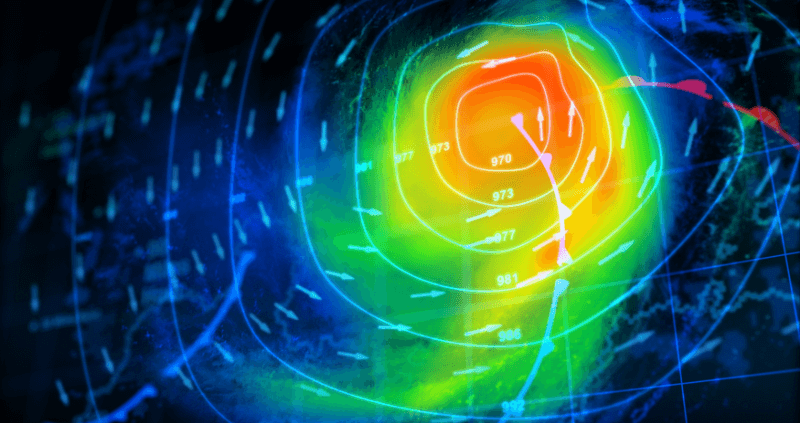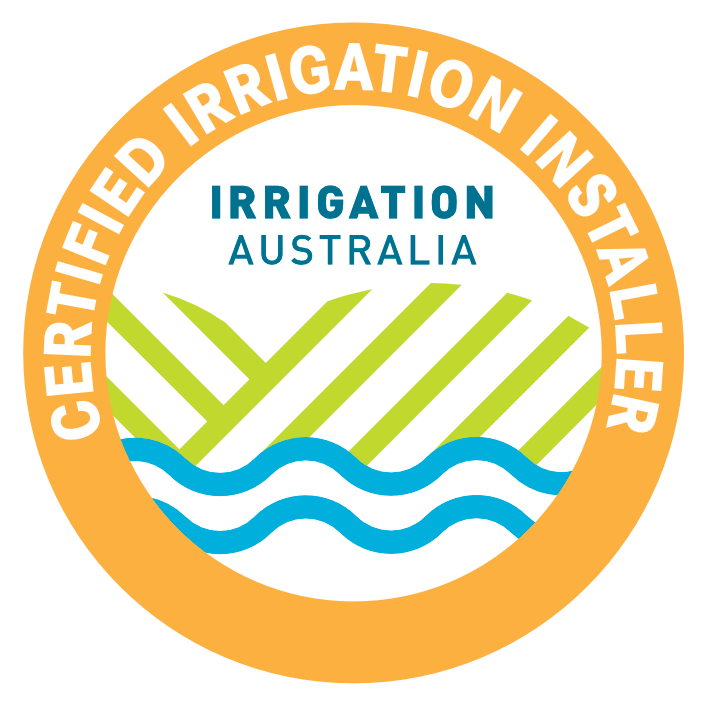Smart Irrigation
A Smart Irrigation controller has built-in water saving features, including a sensor which adjusts the optimal sprinkler run time based on the local weather conditions. Smart controllers help to provide a healthy, beautiful landscapes while reducing water use. This not only saves water, but also reduces costs for the property owner.
SMART CONTROLLERS vs TRADITIONAL CONTROLLERS
Traditional irrigation timed-based controllers water on weekly schedules, that once programmed are rarely changed due to time-poor, lack of understanding or just forgetfulness. Because of this, they tend to over water by 30 - 60%. These timed-based controllers also do not take into account varying types of sprinklers, soils, plants and ever-changing weather conditions.
Smart irrigation controllers on the other hand use weather readings like temperature and rainfall to develop the optimum watering schedule for the plants and turf. By making 365 annual adjustments Smart irrigation controllers save 30 - 60% of water usage, improve plant health and beauty, eliminate runoff, and put an end to watering worries.
When State-of-the-art Smart technologies are integrated into the Smart Irrigation Control systems, they go a step further and utlilise advanced system diagnostics, measure flow rates to identify breaks and offer web & mobile access for remote programming, reports, asset tagging, standardised inspection templates and alert notifications.
These are particularly good for larger Sports Fields, Council Public open spaces, Schools, Multi-storey Apartment complexes, Distribution Warehouses and Strata properties.
Did you know?
97% of water on the earth is saltwater. The other 3% is potable however 2% of that is captured within the ice caps. Leaving us only 1%...
Around 40% of household water is typically used outdoors, and in some locations in Australia the proportion is much higher.
Australians are the greatest per capita consumers of water, using an average of 124,100L of freshwater per person each year.
Weather Based Controllers
Weather based controllers, also referred to as evapotranspiration (ET) controllers, use weather data to adjust irrigation schedules.
Evapotranspiration (ET) is the combination of evaporation from the soil surface and transpiration by plant materials. These controllers gather local weather information and make irrigation run-time adjustments so the landscape receives only the amount of water it needs to either actively vigorously grow or simply maintain aesthetics of a green open space.
ET weather data uses weather parameters: temperature, wind, solar radiation and humidity and in conjunction with sprinkler application rate, plants crop factor, it’s the most accurate way to calculate your landscape's water needs.
There are different ways to access this weather data and the property owner needs to be mindful of each ways effectiveness & accuracy.

Web Based
These use meteorological data from a publicly available source (BOM) and the ET value is calculated for a grass surface at the site. The ET data is then sent to the controller by a wireless connection.
This requires the Irrigation Unit to be connected via Wifi, Sim Card or ethernet in order to get constant updates from a variety of different sources such as Weather Undergound, Weather Channel or DarkSky.
ADVANTAGES
Does not require additional hardware
Entry level data is provided free-of-charge
DISADVANTAGES
Reliability of data can sometimes be removed if Weather Stations aren't serviced or simply removed
Location of the online Weather stations are sometimes many kilometers away from your property or site
Your irrigation may not run due to a rain event at the Weather station location, when in fact, you received no rain
You cannot create a Site Specific micro-climate for potential shading, building protection canopy etc
Often does not incorporate Sprinkler Type, Plant Type and Soil Type and uses a simplified Seasonal adjust percentage

Historic ET
These use a pre-programmed water-use curve, based on historic water use in different regions. The curve can be adjusted for temperature and solar radiation.
This requires the Irrigation Unit to be connected via Wifi, Sim Card or ethernet in order to get updates from a variety of different sources. Information is generally pre-populated by the manufacturer based on historical data and is accessed by postcode.
ADVANTAGES
Does not require additional hardware
Entry level data is provided free-of-charge
Simplistic
DISADVANTAGES
Not real time data. Only applies long term averages of historical data
Systems often require additional hardware of rain sensor to shut down
You cannot create a Site Specific micro-climate for potential shading, building protection canopy etc
Simplistic and does not often require the user to enter Sprinkler Type, Plant Type or Soil Type

On-Site Weather
These controllers use Weather data collected On-site to calculate continuous ET measurements & water accordingly.
The On-site Weather Station can take continual measurements and has the benefit of being local, taking into account actual rain, real time weather & associated micro climates.
ADVANTAGES
More accurate On-site data
Gets real times alerts in the event of hardware failures
Does not require to be connected at all times to the internet. Can work as a stand-a-lone
DISADVANTAGES
Additional cost in hardware
Requires one Weather Station per Controller
All sensors require some upkeep and maintenance of some kind
Design & Installation
Smart Irrigation starts with proper irrigation system Design and Installation.
A smart controller is part of a properly designed, installed, operated, and maintained automatic irrigation system. The timer is responsible for activating each valve and for the amount of water applied to the landscape.
It is important that an Irrigation Professional installs a Smart controller to ensure it is set up properly for the water requirements of the landscape.

